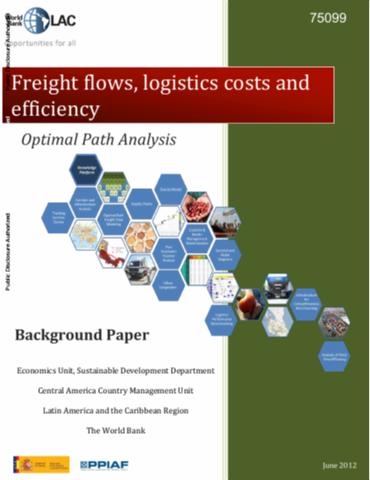Resource information
In Central America, cargo is transported almost entirely by road. The movement of imports and exports to and from international seaports is done by truck. Rail service is almost nonexistent and air transport serves less than one percent of the cargo generated within the Central American Common Market (SIECA, 2004). Intra-regional trade is much more important in Central America than it might seem at first glance. The second largest trading partner of Central America is the region itself. In 2010, one quarter of the exports from Central America were destined for final consumption within the region. Half of the exports of Central America (54 percent in 2010) correspond to agricultural products and a large proportion of them supply markets inside the region. Nearly 40 percent of intra-regional exports consist of food, beverages, animals and plants (SIECA, 2011). Perishable food products are transported on trucks, and spatially restricted by the geography and the road infrastructure. In this context, inefficiencies in the supply chain and delays in freight flows lead to economic losses and amplify the negative impact of the distance to the markets on trade. A gravity model of trade showed that the negative effect of distance1 on total intra-regional exports is 77 percent higher in Central America than in the European Union (World Bank, 2010). More precisely, an increase in distance by 1 percent is expected to reduce intra-regional bilateral exports in Central America by 1.65 percent. In terms of volume, the negative effect of distance within the region exceeds the effect in Europe by 50 percent in grains and up to 550 percent in processed food. In the latter case, an increase in distance by 1 percent is expected to reduce intra-regional bilateral exports of processed food in Central America by 2.88 percent.


